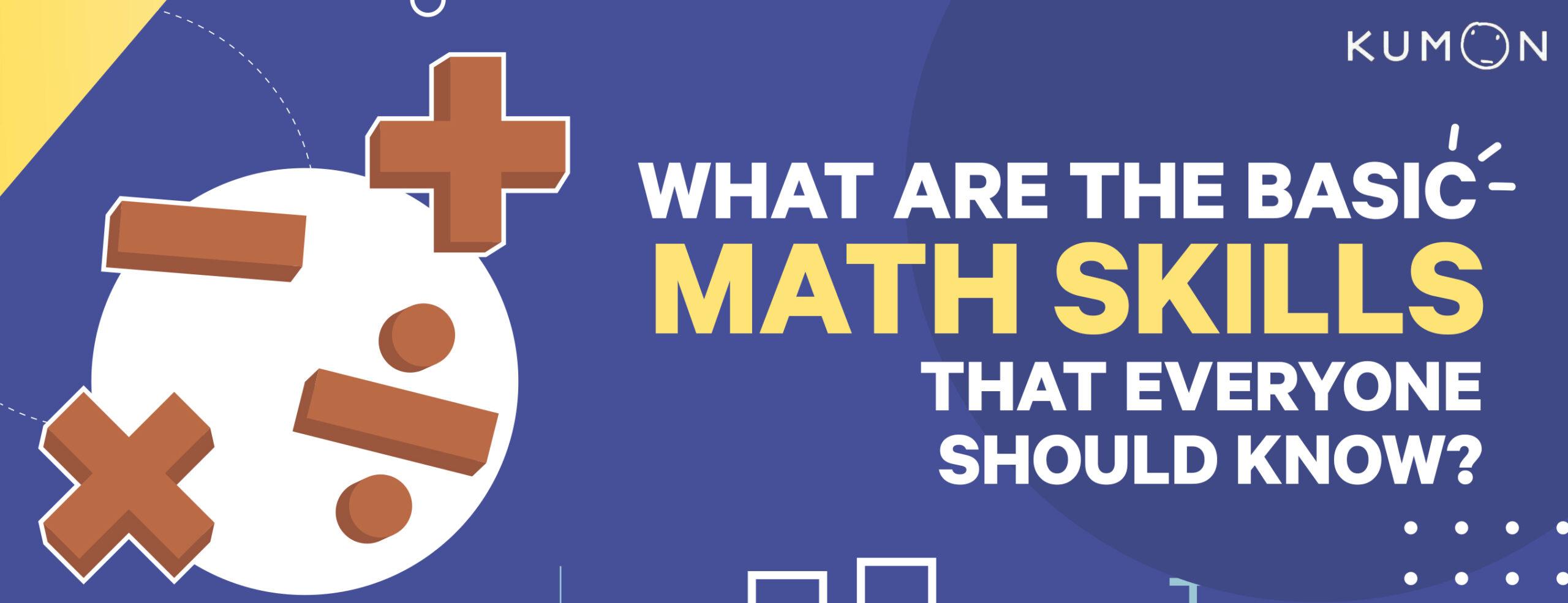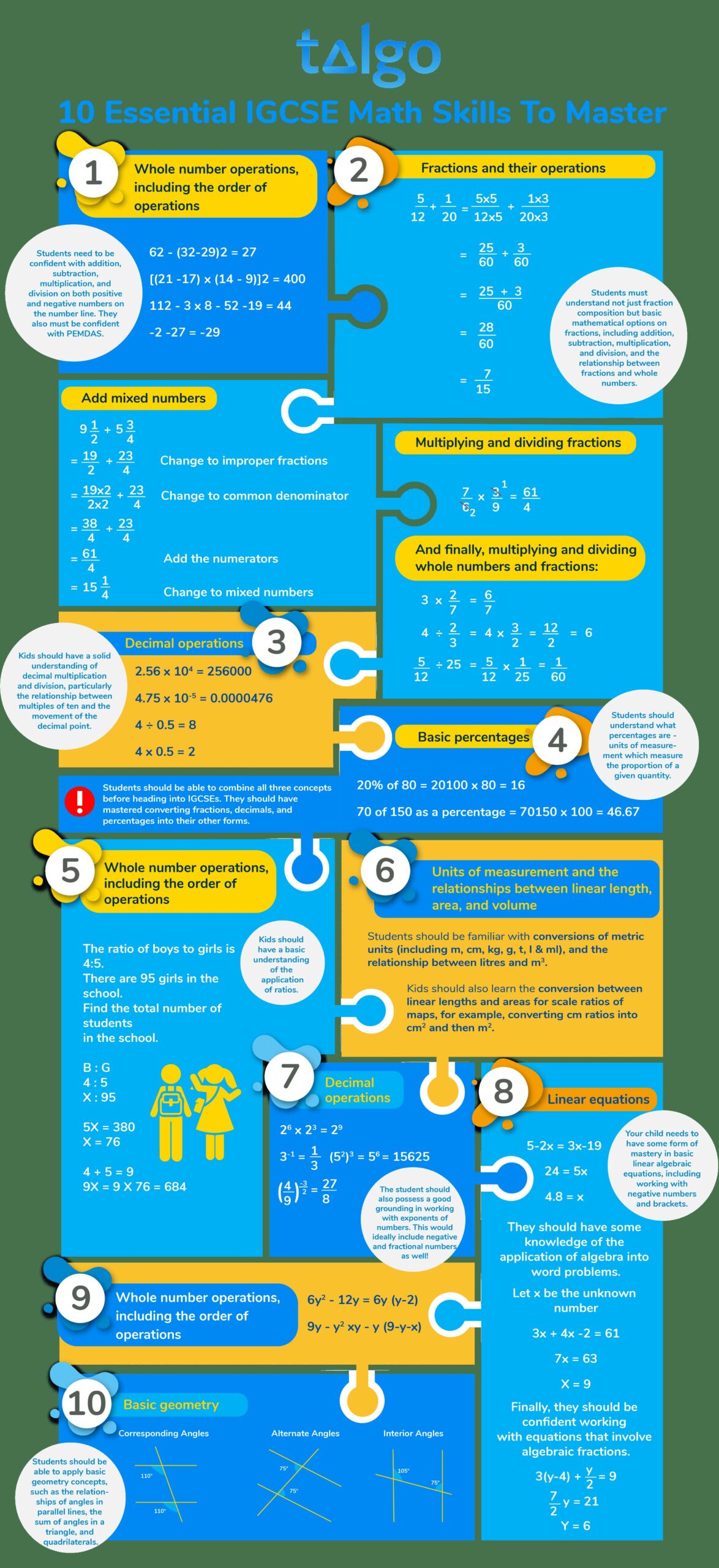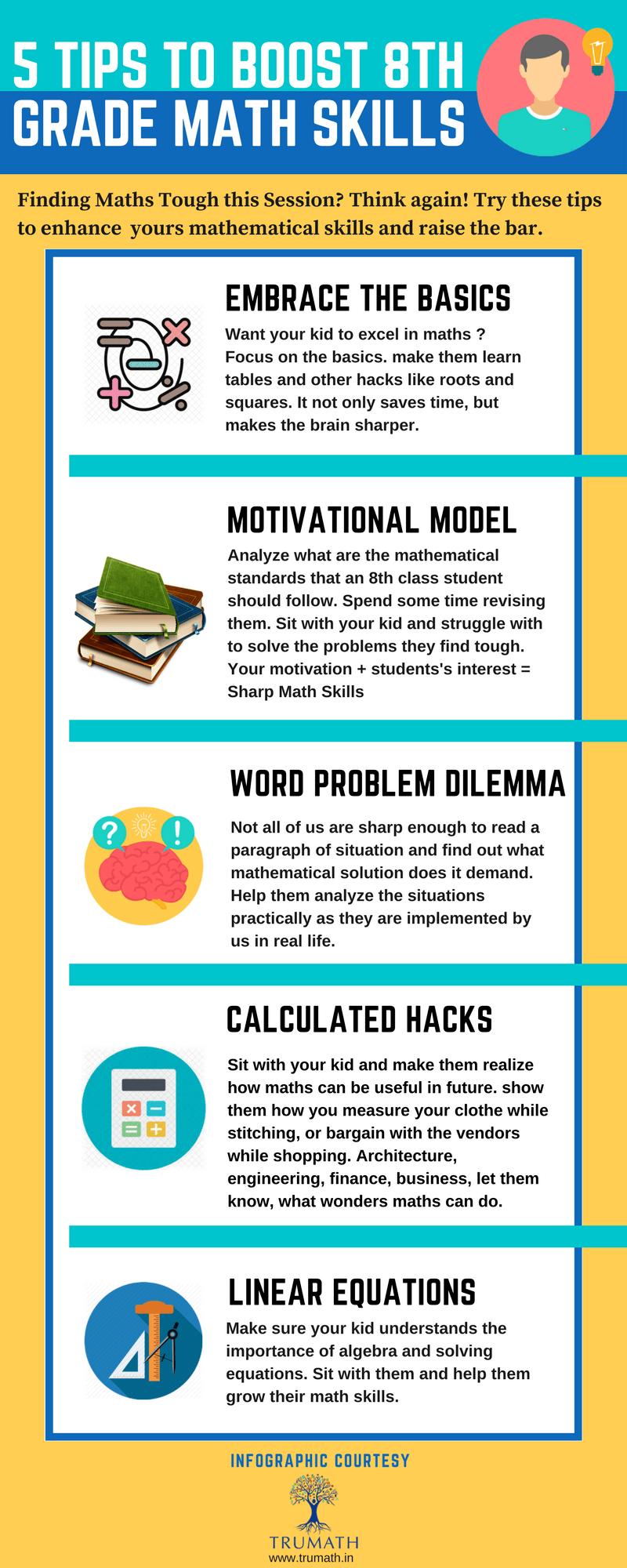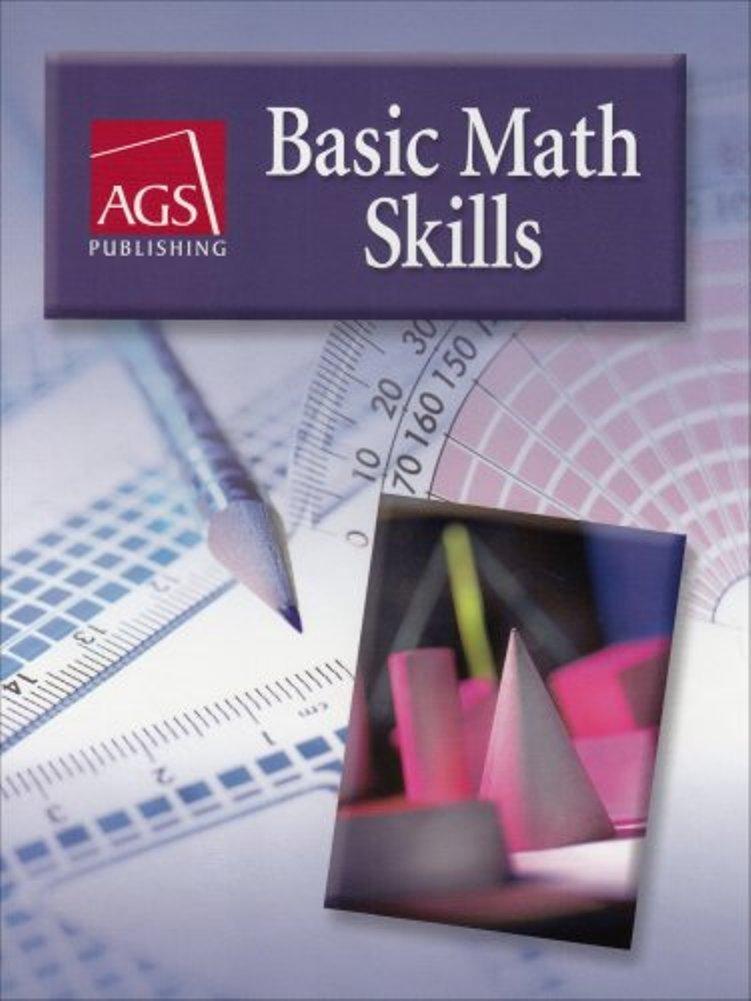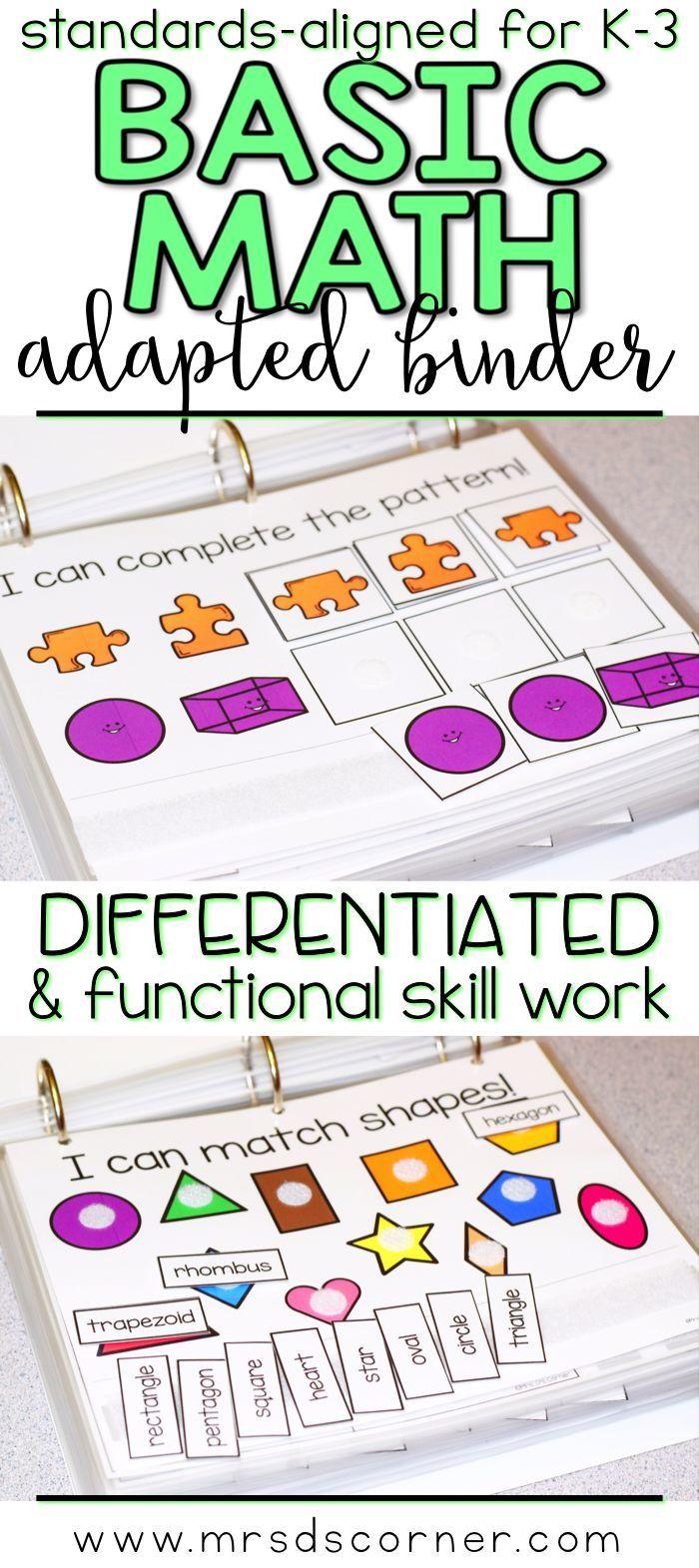
Here are some examples of basic math skills with functional and differentiated skill work:
Number Sense and Operations
1. Counting and Basic Addition Facts
* Functional skills: counting objects up to 100, recognizing numbers 1-20, simple addition facts (e.g. 2+2=4)
* Differentiated skill work:
+ Basic addition facts: provide flashcards or online games for students to practice adding single-digit numbers (e.g. 1+1, 2+2, etc.)
+ Number sequences: provide a sequence of numbers (e.g. 2, 5, 8, 11) and ask students to identify the next number in the sequence
2. Subtraction Facts
* Functional skills: recognizing basic subtraction facts (e.g. 5-1=4), subtracting single-digit numbers from multiples of 10
* Differentiated skill work:
+ Basic subtraction facts: provide flashcards or online games for students to practice subtracting single-digit numbers (e.g. 7-3, 9-2, etc.)
+ Word problems: provide word problems that involve subtraction (e.g. "Tom has 15 pencils and gives 3 to his friend. How many pencils does Tom have left?")
3. Multiplication and Division Facts
* Functional skills: recognizing basic multiplication and division facts (e.g. 2 x 3=6, 4 ÷ 2=2), multiplying and dividing single-digit numbers
* Differentiated skill work:
+ Basic multiplication and division facts: provide flashcards or online games for students to practice multiplying and dividing single-digit numbers (e.g. 3 x 2, 6 ÷ 3, etc.)
+ Real-world applications: provide scenarios where multiplication and division are used in real-life situations (e.g. "A bookshelf has 12 shelves, and each shelf can hold 5 books. How many books can the bookshelf hold in total?")
Algebra and Patterns
1. Basic Algebraic Thinking
* Functional skills: recognizing basic algebraic expressions (e.g. 2x+3, x-4), solving simple linear equations (e.g. 2x=6)
* Differentiated skill work:
+ Basic algebraic expressions: provide flashcards or online games for students to practice recognizing and simplifying basic algebraic expressions
+ Solving linear equations: provide simple linear equations for students to solve (e.g. 2x=6, x-3=5)
2. Patterns and Relationships
* Functional skills: recognizing and extending basic patterns (e.g. ABAB, AABB), recognizing relationships between numbers and shapes
* Differentiated skill work:
+ Pattern recognition: provide sequences of numbers or shapes for students to identify and extend (e.g. 2, 5, 8, ??)
+ Number relationships: provide simple number sentences that demonstrate relationships between numbers (e.g. 5+2=7, 8-3=5)
Measurement and Data
1. Length and Capacity
* Functional skills: measuring lengths using units (e.g. inches, feet, yards), converting between units (e.g. inches to feet)
* Differentiated skill work:
+ Length measurement: provide a set of objects with different lengths and ask students to measure and convert between units
+ Conversion practice: provide online games or worksheets that involve converting between units (e.g. inches to feet)
2. Weight and Time
* Functional skills: measuring weights using units (e.g. pounds, ounces), telling time to the nearest five minutes
* Differentiated skill work:
+ Weight measurement: provide a set of objects with different weights and ask students to measure and convert between units
+ Time-telling practice: provide online games or worksheets that involve telling time to the nearest five minutes
Geometry and Shapes
1. Shapes and Properties
* Functional skills: recognizing basic shapes (e.g. squares, triangles, circles), identifying properties of shapes (e.g. number of sides, number of angles)
* Differentiated skill work:
+ Shape recognition: provide a set of shapes and ask students to identify and describe their properties
+ Shape sorting: provide a set of shapes and ask students to sort them by property (e.g. by number of sides, by number of angles)
2. Measurement of Shapes
* Functional skills: measuring perimeter and area of basic shapes (e.g. rectangles, triangles, circles)
* Differentiated skill work:
+ Perimeter measurement: provide a set of shapes and ask students to measure and calculate their perimeter
+ Area measurement: provide a set of shapes and ask students to measure and calculate their area
These are just a few examples of basic math skills with functional and differentiated skill work. The specific skills and activities will vary depending on the grade level and needs of your students.
